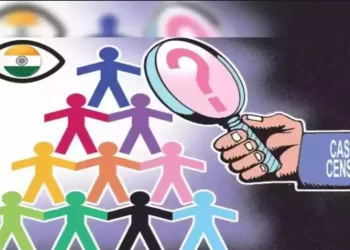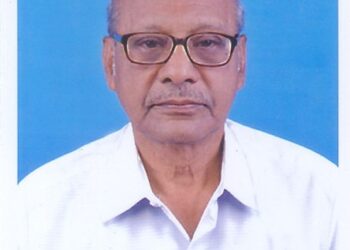G. Karunanidhy
The four-member Commission headed by Justice Rohini was set up on October 2, 2017 under Section 340 of the Constitution to look into the issue of sub-categorization among the other backward classes in the Central List and the deadline was to give a report by 2nd January 2018.
After almost 6 years and 14 extensions, the Commission has finally submitted its report to the Hon’ble President of India on 31.8.2023. Minister of State for Social Justice Hon’ble Ramdas Athawale recently hinted that the Union Government may implement the report before Lok Sabha polls due by May 2023. The panel report assumes significance as the apex court has declined to stay the publication of Bihar caste survey and many of the opposition parties as well as NDA allies like RPI (Athawale) in favour of caste census.
The Commission, as per newspaper reports, estimates that in the last five years, only 10 caste groups have reached one-fourth of the 27 per cent OBC quota beneficiaries. At a similar rate, 37 caste groups make up two-thirds and 100 in entirety. The remaining 2486 caste groups account for one-fourth of the allotment matrix. The Commission’s estimates say that even in these 2,486 castes, more than 1,000 of them are under-represented in the 27 per cent quota.
This information, published in The Economic Times dated 16-02-2021, does not reveal any of the details required for acceptance.
There must be a logical rationale for linking the size of the proposed reservation to a particular group, based on the size of the population and the backwardness compared to the other three groups. There is no information on whether there is any such data.The Commission, headed by Justice Rohini, has been measuring the number of castes in the backward class on the basis of population enumerated in Census 1931.
According to the Mandal Commission report, in 1931 the backward population was 52 per cent.Social justice can be achieved only by fully conducting a caste-wise census and allocating seats to the backward on its basis and calculating caste-based representation and dividing the reservation.
We need to find those who are the most backward among the other backward classes and provide them with internal allocation. There is no alternative to justice for those who are denied the opportunity.But, without the relevant data, internal allocation would not be social justice based on the details that existed 90 years ago.
It was not until 45 years after independence that an order was issued for providing reservation of 27 per cent in employment for the backward classes in the Union Government. The statistics show that even after 27 years, the percentage of other backward classes in any sector has not reached 27 per cent. The government did not take any action to rectify this.
Now that the report is with the Government, it would be appropriate to allocate reservation percentage to various castes by conducting a caste-wise census. Only then, social justice can be ensured.









